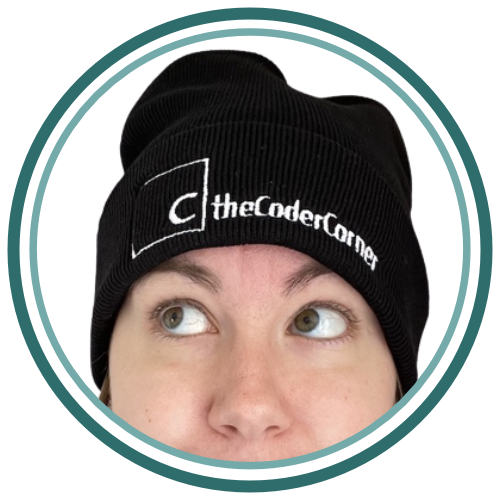Prioritizing Tasks: 8 Steps To Efficiently Organize The Chaos
It’s that time of year again where there are so many “things to do” coming from all angles! Sometimes figuring out where to start seems like an impossible hurdle. Though there are many factors that go into prioritizing tasks, by categorizing them first, you will be able to organize your schedule efficiently. Thankful, prioritization is one of those skills where you CAN get better with practice!
Check out the video below for a quick overview of how to prioritize tasks
*As an Amazon Associate, I get commissions for purchases made through links in this post.
Now, let’s break down the categories mentioned in the video
Though there is certainly not one foolproof way to organize your schedule, there are certainly things you can do to help make your life a little less complicated. When you think of these tasks as being in the following categories, the best order to tackle things will often become much clearer.
Task Category #1: Completable vs. Ongoing
Most things you have to do will fit into one of two basic categories. The task is either completable or ongoing. Is it an assignment you have to complete and then its done? Or is this a test you have to have to study for? Anything that will need ongoing practice until a specific date would be considered “ongoing”, whereas anything that’s completable simply by sitting down and finishing it is considered “completable”…no matter how long it takes to complete.
Ongoing tasks tend to be better started sooner rather than later. In general, the earlier you start, the less time you have to spend on it daily. For example, when studying for a test, it’s way more efficient to spend 30 minutes a day for 2 weeks rather than 7 hours on the final day. Even if you disregard how the brain tends to be better at memorizing things over longer time spans, it’s clearly way easier to work 30 minutes into 14 days than it is to hope you’ll HAVE 7 hours available on the last night.
Completable tasks can often be done pretty much any time before they’re due. This means they’re easier to work into your schedule whenever they’re convenient.
Task Category #2: Length
Another way to organize your tasks is by length of time they’ll take to complete. Often, the ongoing tasks tend to be longer, but not necessarily. Some completable tasks are massive projects that will take way longer than a 20-word vocabulary quiz.
Starting with the longest ongoing task is often a good place to start any day because it makes sure you DO it at some point. If you save it for the end of your day, it’s going to be really tempting to put it off until tomorrow.
After a session on this long project, it’s often nice to do one of the shorter completable things. This gets one thing out of the way and lets you cross something off your list. Crossing things off your to-do list is one of the best motivators to keep going!
Organize the rest of your day using the completable tasks as breaks for your longer/ongoing projects. Breaks are important to keep your focus at peak capacity, but sometimes a change of subject can be as good as a break. Unless you’re close to finishing something, aim to work in 30-minute segments if the work is challenging.
Task Category #3: Due Date
If you COULD just have everything arrive on Monday morning and be due on Friday at 3:00, all of this could be a whole lot simpler. But, it’s not, and sometimes you just have to roll with it.
Anything that’s due sooner should always be higher priority than anything with a distant due date. BUT being lower priority doesn’t mean you should fully postpone working on it. Lower priority just means you can spend less TIME on it.
By starting your ongoing and long-term projects sooner, you’re less likely to have a complete mayday. You don’t want a sudden short term, time-consuming project to pop up along side that unit-test you’ve been avoiding studying for.
Soo…How does one go about prioritizing tasks with these categories? Try the following 8 Steps:
Organize your projects by length
Label them as ongoing or completable
Start with the longest ongoing task
Next do the shortest completable task
Go back and forth between tasks, hitting everything on your list
Don’t work for more than 30 minutes on one thing unless you’re on a roll or you give yourself a short break (see The Pomodoro Technique for more on this!)
If something has a farther away due date, decrease the amount of time spend on it
If something’s due TOMORROW, move it up on the list!!!
By organizing your projects by length, type and due date, you'll be well on your way to prioritizing tasks efficiently!
Are you still looking for more home learning tips and tricks?
If you want even more home learning tips, check out my book below. It’s jam packed full of simple tips and ideas to help you start on your home learning journey. I was once a successful home learning student myself, so I KNOW you can be, too!


